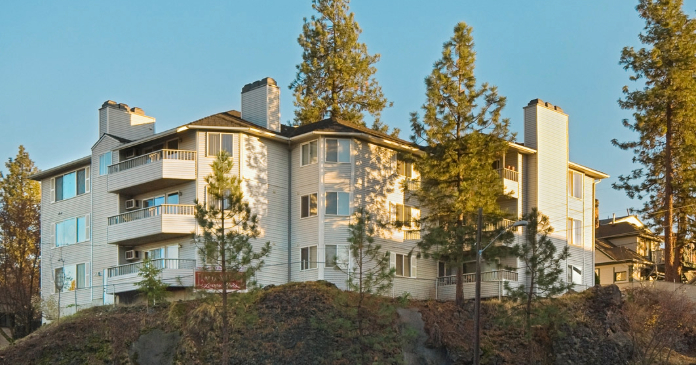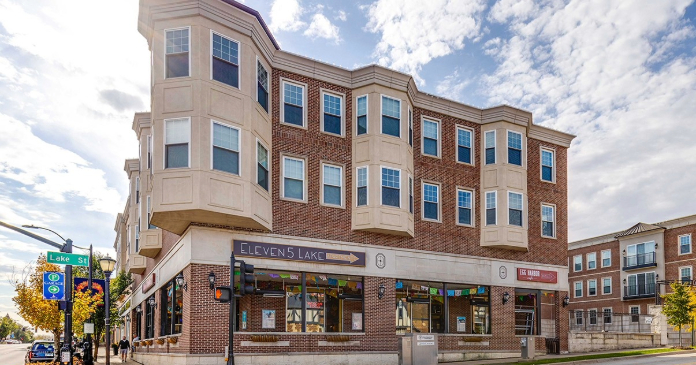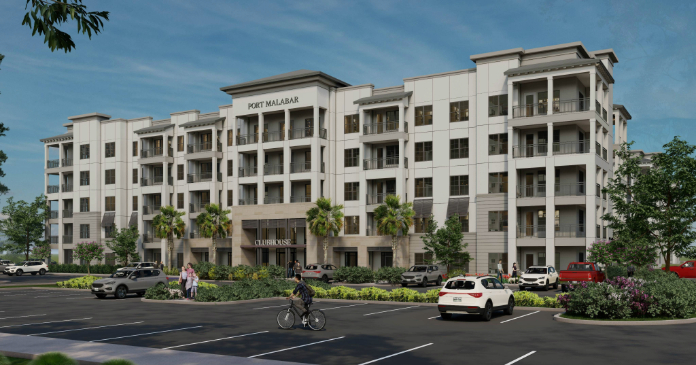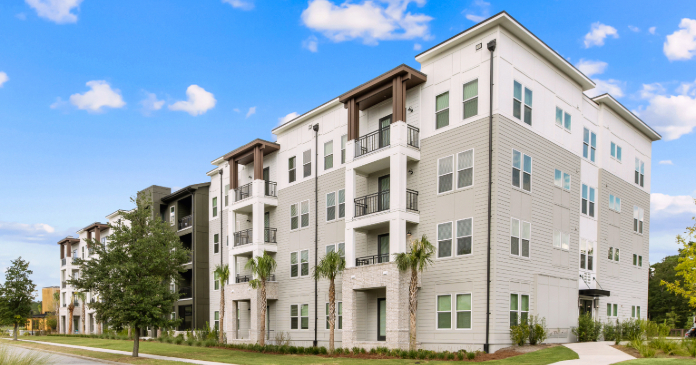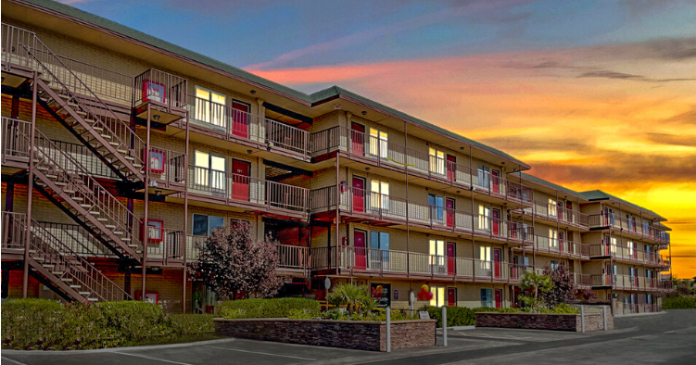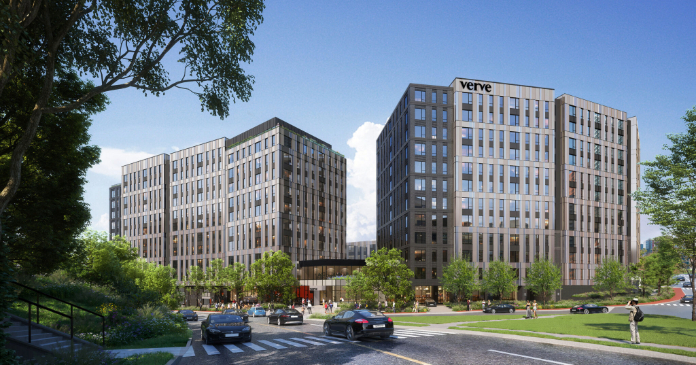While year-end upticks in sales volume are seasonally typical, the first quarter of 2009 likely will be considered the bottom of the downturn in apartment sales volume, Marcus & Millichap predicted in a recent report, The Apartment Outlook 2010.
The apartment industry may have reached the bottom in terms of sales velocity last year, but downside risk to apartment rents and occupancies still exists due to weak employment conditions. The good news: While industry experts still foresee another 1.7 percent decline in asking rents and more job losses, albeit at a lesser pace, the research team at Marcus & Millichap predicts an upside surprise in the second half of 2010 and 2011.
Dean Zander, a partner in the Los Angeles office of Hendricks & Partners, believes a market upswing is on the way and rents will begin to improve in the next 18 to 24 months.
The Emerging Trends in Real Estate, an annual report released by Pricewaterhouse-Coopers and the Urban Land Institute, calls 2010 a testing ground for survival of the fittest that will give way to the distressed assets that the real estate industry has been bracing for over the past several years, but at much lower levels than were originally anticipated. As that trickle of distress comes to market, the report predicts transaction volume will increase another 20 to 30 percent.
Zander has witnessed distress first among new construction condos built between 2007 and 2009 with units measuring between 1,500 and 2,000 sq. ft. Those projects were planned with an exit strategy of selling at price points in the range of $600,000 to $1 million and, because the move-up market for that product has evaporated, will revert to apartments and help to reset rents and values in their respective areas, he said.
In the opening weeks of 2010, Essex Property Trust scooped up the 115-unit DuPont Lofts, an 85 percent completed condo project in Irvine, Calif., for $27 million in an all-cash deal from Cathay Bank, which took back the asset from Los Angeles-based West Millenium Homes after the builder defaulted on its construction loan last year.
According to the CoStar Group, the builder paid $13 million, or about $155 per sq. ft., for the 1.9 acre parcel for the project in 2005. West Millennium, which had several other ground-up projects planned in Orange County during the housing heyday, filed for Chapter 7 bankruptcy in mid-2009.
DuPont Lofts, located a few blocks from John Wayne International Airport, near major freeways and local shopping and dining venues, consists of one four-story building over two garage levels and features two- and three-bedroom floor plans ranging from 943 to 2,300 sq. ft. Units offer 11-ft. ceilings, custom condo-quality finishes, washers and dryers and fireplaces. Community amenities will include a fitness center, business center, pool, spa and a barbecue area.
Before renting the units as apartments, Essex plans to spend around $6 million over the next six months to finish unit interiors, after which it will own and operate a very upscale apartment property in challenged Orange County, which has suffered huge job losses and oversupply, but is expected to be a leader in recovery once supply issues are resolved by next year.
Changing buyer profile
Local buyers who dominated the buy side of the transaction market last year will continue to take advantage of favorable pricing, but foreign investors, institutions and REITs are expected to become more active in the buying arena in 2010.
Last year, Zander saw an influx of private capital entering the market; wealthy families who were tired of earning a mere 1.5 or two percent on their money in a CD came off the sidelines and re-entered the apartment market as cap rates on core Class A and B properties trended upwards.
And, although underwriting is much more stringent than in the past, these buyers are finding debt readily available thanks to the continued participation of the GSEs, Fannie Mae and Freddie Mac, along with HUD, said Zander.
“Local private buyers who couldn’t compete with institutional investors a year or two ago when cap rates were down around five percent are active right now. Cap rates moved up into the six percent range, in some cases as high as 6.75 percent in some Los Angeles markets and private families can now buy based on yield and in-place operations. They feel more inclined to step up with their cash and close escrow,” he said.
Most of the 10 deals Zander brokered last year reflect that trend and some also represent the largest transactions in their respective sub-markets. One is the sale last June of the 106-unit Mountain View Apartments in the City of Camarillo for Palo Alto-based Essex Property Trust, which had owned the property for more than five years. The $14 million sales price reflected a realistic price adjustment in response to the capital markets, according to Zander.
The deal also represented the first acquisition in 20 years for the buyer, a local family that owns several hundred units in the area and plans to invest in minor cosmetic fixes to the 30-year-old Mountain View, which was well-maintained by the seller. It was also the first sale of a property with more than 100 units in Ventura County last year and the first in Camarillo in the past several years.
The community features one- and two-bedroom units ranging from 625 to 929 sq. ft. and includes a pool, a fitness center and clubhouse and picnic areas. In-place rents averaged $1.55 per sq. ft. at close of escrow.
The buyer was able to place new 10-year, non-recourse debt of $9.75 million at a fixed rate of 6.36 percent through Freddie Mac’s Capital Markets Execution program that was arranged by Alex J. Katz of the Los Angeles office of Meridian Capital Group.
In September, another local private capital buyer, who owns several thousand apartment units in Southern California, acquired the 112-unit Hollywood Place apartments in Hollywood in a deal Zander believes was done entirely on the basis of replacement cost and yield.
“This was a completely turnkey renovated property that Iowa-based seller Principal Global and the previous owner had done some pretty extensive renovations on. Most people who are buying institutional properties like this one are buying them because they rarely come to market. Everyone who bought in 2009 and going forward are placing 10-year debt and buying to own and operate, not to renovate and turn. They correctly believe that rents will increase over the next 18 to 24 months and we will start seeing some rent growth now that rents have taken the big beating down that they have taken.
“Hollywood Place was priced 30 to 50 percent below replacement cost and the rents already took a dramatic hit with rent reductions and concessions,” said Zander.
The five-story apartment community is located midway between La Brea and Fairfax, minutes from the 101 Freeway, and is convenient to many of the largest employers, entertainment options, shopping districts and hiking trails that make Hollywood so attractive to tenants and investors alike.
In-place rents range from $1,200 to nearly $2,800 for the mix of studios, ones and twos that measure from 500 to 1,000 sq. ft. Amenities include a renovated swimming pool and sun deck, a fitness center, outdoor fireplace and lounge. The two-level parking garage provides a total of 158 spaces.
Jim McBirney of Capmark Financial Group secured the borrower’s new 10-year 75 percent debt at a fixed rate of 5.39 percent through Fannie Mae’s DUS program.
Author Wendy Broffman








